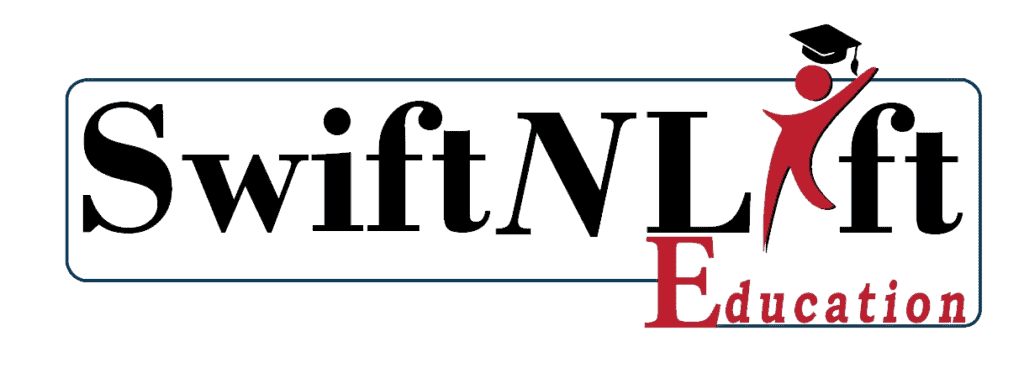


Mobile learning, often referred to as m-learning, is an educational approach that leverages mobile devices such as smartphones and tablets to facilitate learning. Here are some key points related to mobile learning:
Digital Content Platforms: Digital content platforms are online platforms that host and distribute a wide variety of digital content, including text, images, videos, and interactive materials. These platforms have become increasingly popular for educational purposes. Here are some key points related to digital content platforms:

Entrepreneurship is all about telling your story. In SwiftNlift Education Business magazine, we promote and share stories and adventures of young and successful entrepreneurs who are overcoming startup challenges on their way to success. We allow digitally linked content to be uploaded and distributed globally.
Copyright © 2023 Swiftnlift Media And Tech LLP All rights reserved